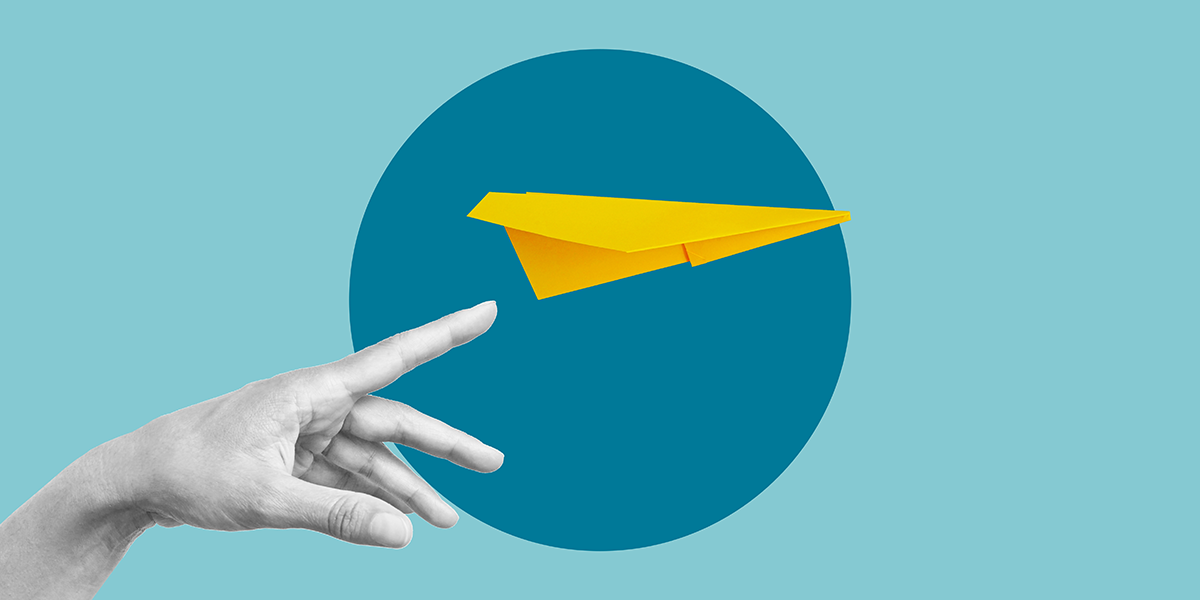The future of e-commerce: personalization, automation, and beyond

The future of personalization lies in the advancement of technology and data science, enabling market players to create personalized and enhanced human experiences across various moments, channels, and stages of the buying process.
Today’s personalization leaders have come up with proven methods to drive 5-15% increase in revenue and a 10-30% increase in marketing-spend efficiency predominantly by deploying product recommendations and triggered communications within singular channels.
‘Consumers don’t just want personalization, they demand it. With store and product loyalty more elusive, getting it right matters‘. according to McKinsey.
According to a survey by Infosys, 86% of consumers say that personalization has some impact on what they purchase; and 45% admit personalization ‘significantly influences’ their buying decisions.
How the CPG industry is changing
The consumer packaged goods (CPG) industry is changing because of constantly evolving target customers, how they shop, and what they want. Special mention to the food segment of CPG which is expected to face challenges in the coming years. As Manufacturers and distributors will need to keep a closer eye on the market and meet customer demand as their consumption habits evolves. Consumers are demanding more not only in terms of the products and services they want but also how they are manufactured. Here are the major trends we can witness in this changing era of the CPG industry-
Personalization – In the future of personalization, leading CPG companies are exploring data-rich industries that have previously set high standards in contextual personalization and targeting. This shift signifies a departure from the traditional “mass reach with mass waste” model, as brands embrace personalized strategies across products and messaging on digital platforms, including video on demand.
Customized products – The trend toward customization has already started with technology that provides the means to customize a small batch or even single products. More and more companies are increasingly offering premium products unique from external packaging to internal ingredients. According to Deloitte, roughly 20% of consumers are willing to pay 20% more to customize their products. With rising demands for customized products, manufacturing facility managers are adopting inventory control to keep closer track of items going in and out of the facility.

Data-driven marketing – Data-driven marketing yields three valuable tools: granular consumer creation, which develops a 360-degree view of the consumer that aids in identifying relevant target groups with varying needs; a content-enabled model that enables more personalized engaging content to outperform “mass” efforts; and dynamic placement and measurement, which allocates and optimizes spending across channels.
D2C – The game changer
70% of the top DTC subscription brands use product quizzes (usually during or before the signup process) to help personalize the customer experience.
Here are a few examples
L’Oréal
In 2019, L’Oréal launched a DTC hair color brand Color&Co. The brand deployed personalization as its main differentiation technique, offering customers the choice of products tailored to their specific hair texture.

BarkBox
Monthly subscription box service BarkBox asks questions like: What’s your dog’s name? How big is it? As well as questions concerning breed, date of birth, and allergies. According to Forbes, about 120,000 different variations of each BarkBox go out to a million dogs each month.

Source: ecloudture | Amazon Personalize
When it comes to crafting creative, personalized, consumer-triggered campaigns, these players have gone a step ahead. Not only they are reaching the target consumer at the right moments but also creating a buzz for potential consumers.
Amazon
When it comes to behavioral targeting, predictive modeling, and personalization, Amazon is the name that comes to mind. Amazon uses powerful algorithms to personalize the user’s homepage, tailoring product recommendations-based search and order history with an incredible amount of data at their disposal. Those handy “frequently bought together” and “customers who bought this item also bought” prompts don’t happen by accident and are based on mountains of insightful data. What’s more, 44% of customers buy from such recommendations.
Sainsbury’s
One of Britain’s best-loved supermarkets, Sainsbury’s started to make data-driven personalization a priority back in 2012, when it implemented coupon-at-till technology to print targeted coupons on products customers wanted to buy.
Sainsbury’s was also the first European retailer to adopt self-service checkouts in all its stores, which can be considered a form of personalization. After all, it gave consumers more control at the checkout.
Cadbury
In 2017, Cadbury used Idomoo’s personalized video as a service (PVaaS) to spread the word about its special Cadbury glow gift chocolate in India, a region where chocolate as gift-giving is less common than in other nations. The integrated social video marketing campaign allowed consumers to craft a personalized video and recipients got to watch the touching video when they received a box of Cadbury glow chocolate, either via a QR code or by typing their phone number into the Cadbury glow page. Cadbury achieved a 65% click-through rate with recipients, not to mention a 33% conversion rate for viewers.
The future of personalization
Consumers will continue to redefine the CPG industry with even greater power and choices in their hands. Brands need to invest in consumer technologies, some of which are likely to see more traction in the coming years. These include artificial intelligence, augmented reality and virtual reality, and conversational platforms like Amazon Alexa, Apple’s Siri, and Google Assistant.
The future of personalization is characterized by brands personalizing their offers and customizing their products, which in turn helps them cultivate loyal relationships with consumers who are less inclined to switch brands.
Looking to make your CPG product stand out?
Based on insights by Aditi Gaur, Manager, R&I consumer






